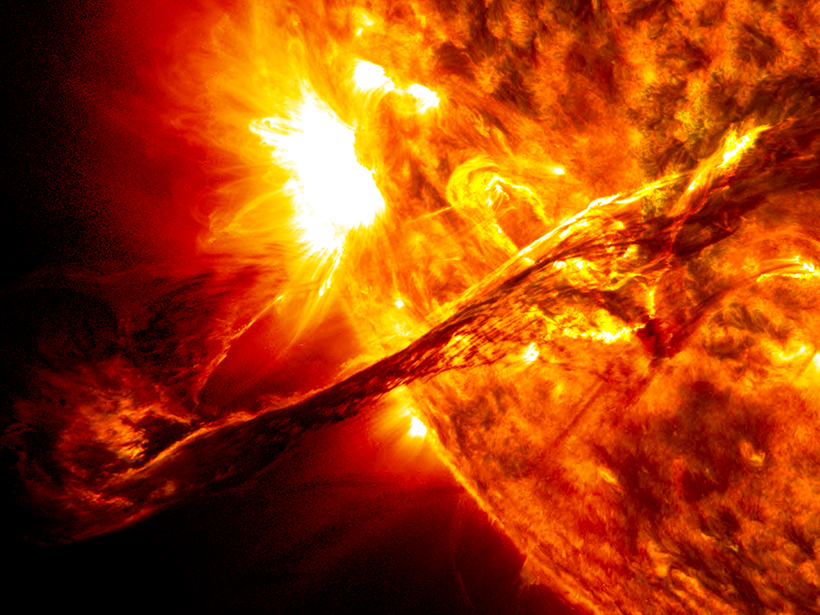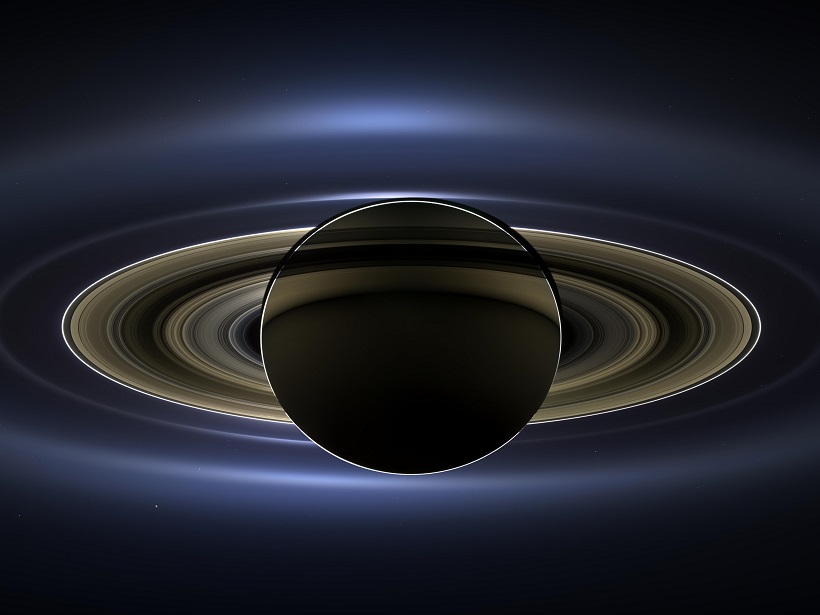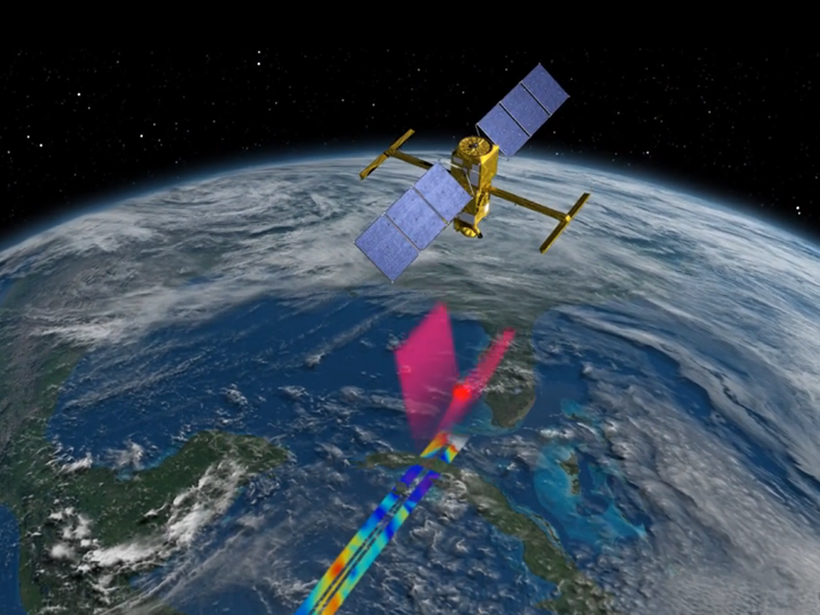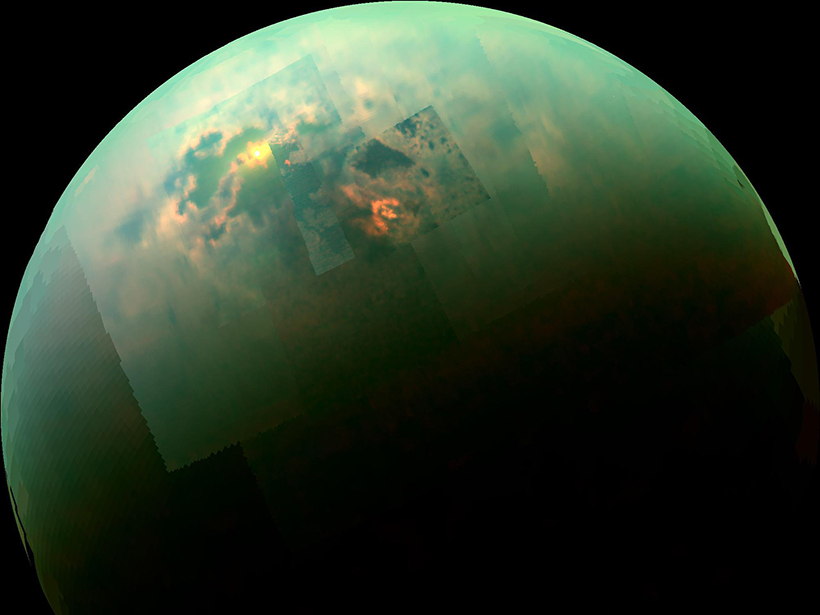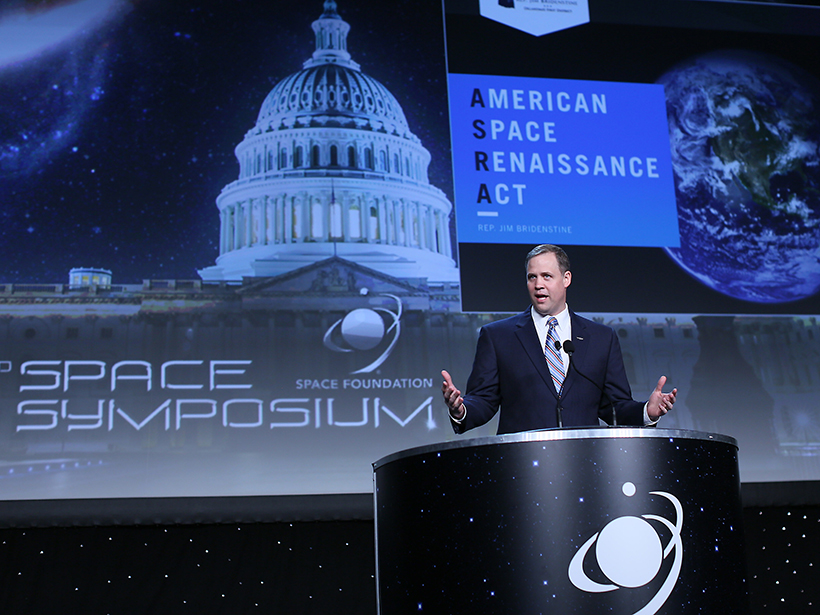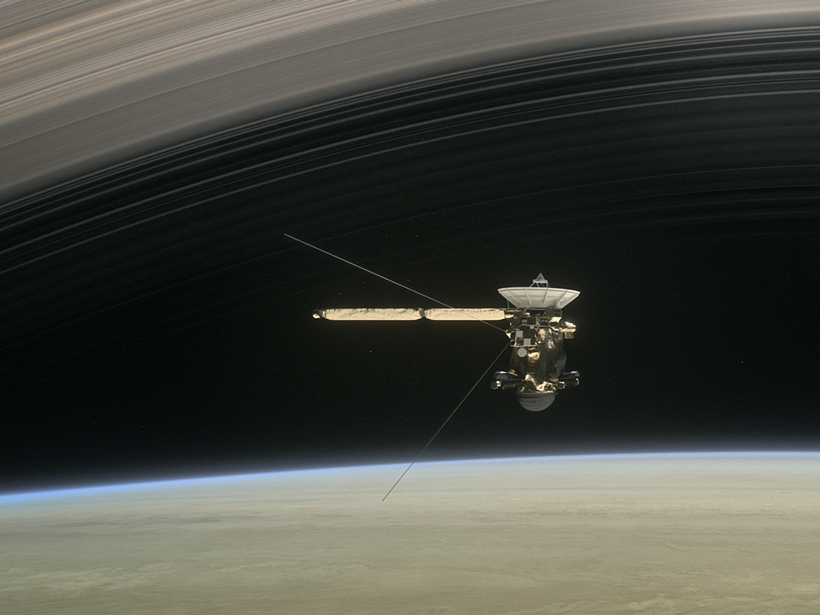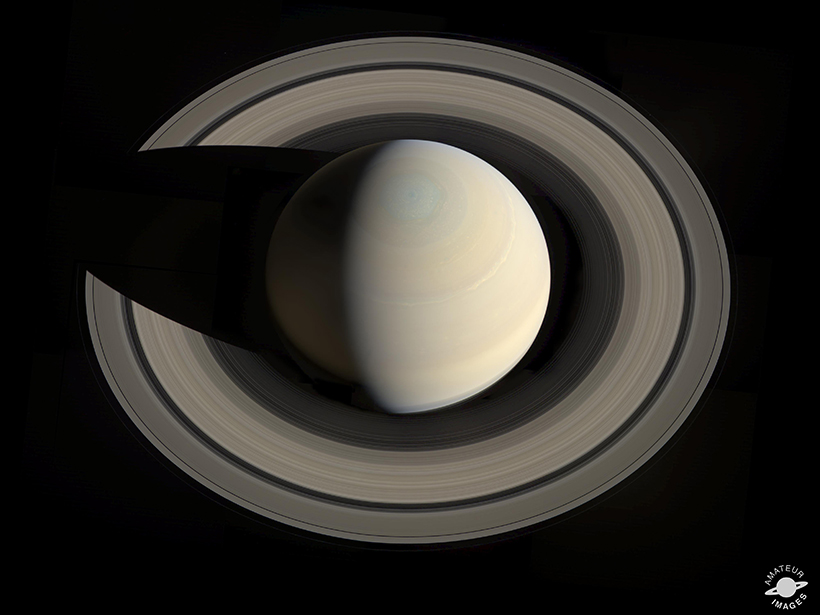Using 8 years of data collected via spacecraft, scientists produce hindcasts of plasma eruptions from the Sun. These will help improve forecasts.
NASA
Cassini’s Legacy in Print
With over 750 papers published in AGU journals based on Cassini-Huygens mission data, three editors select some of the most noteworthy.
Putting Satellite Maps of Surface Water to Practical Use
2nd SWOT Application User Workshop: Engaging the User Community for Advancing Societal Applications of the Surface Water Ocean Topography (SWOT) Mission, Reston, Virginia, 5–6 April 2017
Cassini Plunges into Saturn, Ends a 20-Year Mission
NASA’s Jet Propulsion Laboratory streamed the spacecraft’s final moments live, allowing the public to listen to the mission’s end.
VIDEO: The Weird, Wonderful Science Behind Titan’s Atmosphere
Scientists are baffled by a spacecraft’s detection of large molecules in a moon’s atmosphere.
Juno Gets Spectacular View of Jupiter’s Aurora
The NASA spacecraft has taken images of Jupiter’s powerful aurora dancing around its poles, revealing never-before-seen details in their structure.
White House Announces Picks for NASA Chief and NOAA Deputy Head
If the administration’s selection of Rep. Jim Bridenstine to lead NASA is confirmed, the congressman would be the first politician to head the agency.
Giovanni: The Bridge Between Data and Science
Using satellite remote sensing data sets can be a daunting task. Giovanni, a Web-based tool, facilitates access, visualization, and exploration for many of NASA’s Earth science data sets.
A Wealth of Science to Come During Cassini’s Final Orbits
NASA’s spacecraft will continue to unlock Saturn’s mysteries up until the moment it burns up in Saturn’s atmosphere.
Saturn Unveiled: Ten Notable Findings from Cassini-Huygens
The soon-to-end NASA mission to Saturn changed the way we think of habitability beyond Earth, opened our eyes to dynamics in the gas giant’s atmosphere, and more.

